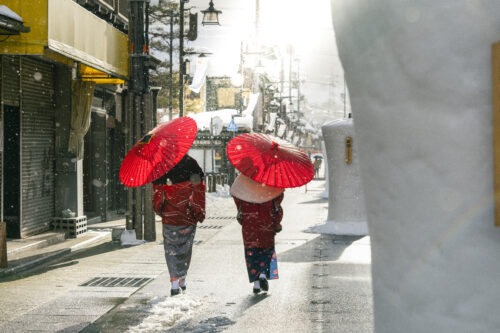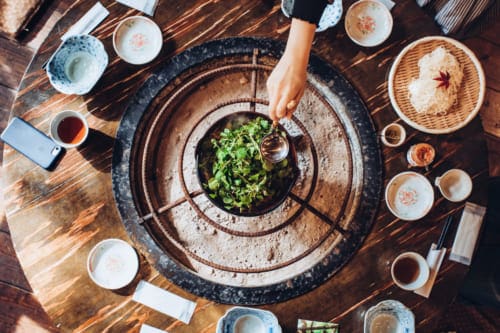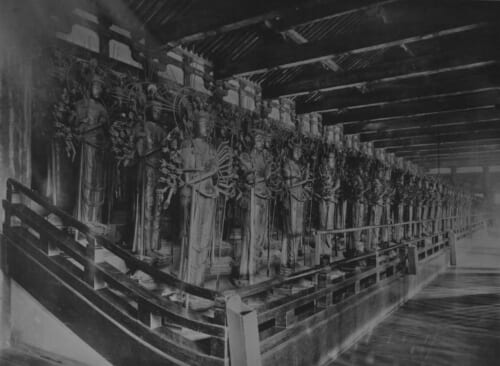Japan is renowned for its deep-rooted culture of politeness, and greetings play a fundamental role in everyday interactions. Whether you’re visiting Japan or learning the language, knowing how to say hello and goodbye in Japanese will help you navigate social situations with ease. From formal bows to casual farewells, Japanese etiquette revolves around respect and context.
The Importance of Japanese Greetings
In Japan, greetings are not just a formality but an expression of respect and appreciation for the other person. In addition to verbal expressions, gestures such as bowing play a crucial role. Learning how to greet in Japanese can make your interaction with Japanese people warmer and more respectful.
How to Say Hello in Japanese
Just like in many languages, Japanese greetings vary based on the time of day and level of formality. Here are the most common ways to say hello in Japanese:
Ohayo – Good Morning
Use ohayo おはよう for informal situations, such as greeting friends or family. For a more polite version, say ohayo gozaimasu おはようございます, which is suitable for the workplace, teachers, or strangers. Despite being rarely used, its kanji is 御早う: the first kanji is the honorific prefix, and the second kanji means early.
Best use: Morning greetings; casual among friends, formal in professional settings.
Konnichiwa – Good Afternoon / Hello
One of the most well-known Japanese greetings, konnichiwa こんにちは, is a versatile way to say hello, typically used from late morning to early evening. It originates from the longer phrase konnichi wa gokigen ikaga desu ka 今日はご機嫌いかがですか, meaning “How are you today?”. That is why konnichiwa ends with は (ha) instead of わ (wa) since it consists of the connecting particle that comes from the longest sentence mentioned above.
Best use: A polite and neutral greeting for both formal and informal settings.
Konbanwa – Good Evening
When evening comes, you should stop saying konnichiwa and switch to konbanwa こんばんは. It has a similar structure and is also written with a final は instead of a わ. This word means “tonight” and the kanji 今晩は is also rarely used.
Best use: Evening greeting for all occasions.
Genki desu ka? – How Are You?
Genki desu ka 元気ですか is a common way to ask “How are you?” in Japanese. Responses include genki desu 元気です (I’m fine) or the more formal ogenki desu ka? お元気ですか for polite interactions.
Best use: Casual and polite conversations to ask about someone’s well-being.
How to Say Goodbye in Japanese: Common Expressions
There are several ways to say goodbye in Japanese, depending on the level of formality and the relationship between speakers.
Sayonara – Goodbye (Formal & Long-Term Farewell)
Although famous worldwide, sayonara さようなら is not frequently used in daily life as everyone thinks. It implies a long-term farewell, like when someone is moving away or going on a long trip. To avoid confussions, you can simply use bai-bai バイバイ. This borrowed English phrase is commonly used among friends, family, and children.
Best use: Sayonara – Formal situations when parting for an extended period. Bai-bai – Casual and friendly goodbye.
Mata ne / Ja ne – See You Later
For more informal goodbyes, you can use ja ne じゃあ (something like “well, see you around”) or mata ne またね (“See you next time”). Change the beginning of the sentence to indicate when you will see the person again, such as mata ashita また明日 (see you tomorrow) or mata raishuu また来週 (until next week).
Best use: Casual goodbyes between friends.
Oyasuminasai – Good Night
This sentence is used before going to bed to express a good night. Oyasuminasai おやすみなさい is polite, while oyasumi おやすみ is more casual. Yasumi 休み in Japanese means to rest, so the most literal translation would be “rest.”
Best use: Saying goodnight before sleep.
Shitsurei shimasu – Excuse Me (Formal Goodbye)
Shitsurei shimasu 失礼します is a respectful way to take your leave in professional settings, especially when leaving work, a meeting, or speaking to a superior.
Best use: Workplace or formal settings.
Otsukaresama / Otsukare – Thank You for Your Hard Work
Even though it is not literally a goodbye, otsukaresama お疲れ様 is used in work environments, to express gratitude for someone’s efforts when finishing something. Otsukaresama deshita (past tense) is used when work has ended.
Best use: Workplace goodbye or showing appreciation for someone’s effort.
The Classical Japanese Bow
In addition to words, the way you greet or say goodbye in Japan includes bowing, called ojigi お辞儀. The bowing of the head and body shows respect and can vary in degrees depending on the situation:
- 15° bow – Casual greeting.
- 30° bow – Business settings or polite interactions.
- 45° bow – Deep respect for superiors, elders, or formal occasions.
For everyday interactions, a slight bow or nod of the head is sufficient. Combining a bow with a spoken greeting enhances politeness and cultural authenticity.
Mastering greetings and farewells in Japanese is important for any traveler or student. That will help you communicate better and, at the same time, show your respect for Japanese culture. Although foreigners are not required to follow all the rules of etiquette to the letter, making an effort to learn them is a sign of gratitude and good manners.
If you are interested in delving deeper into Japanese culture, we recommend reading our articles on “How to say I love you in Japanese” and “How to say yes and no in Japanese”. Travel confidently to Japan and enjoy an enriching experience getting to know the culture of the land of the rising sun.
Original article published on April 10, 2016










No Comments yet!